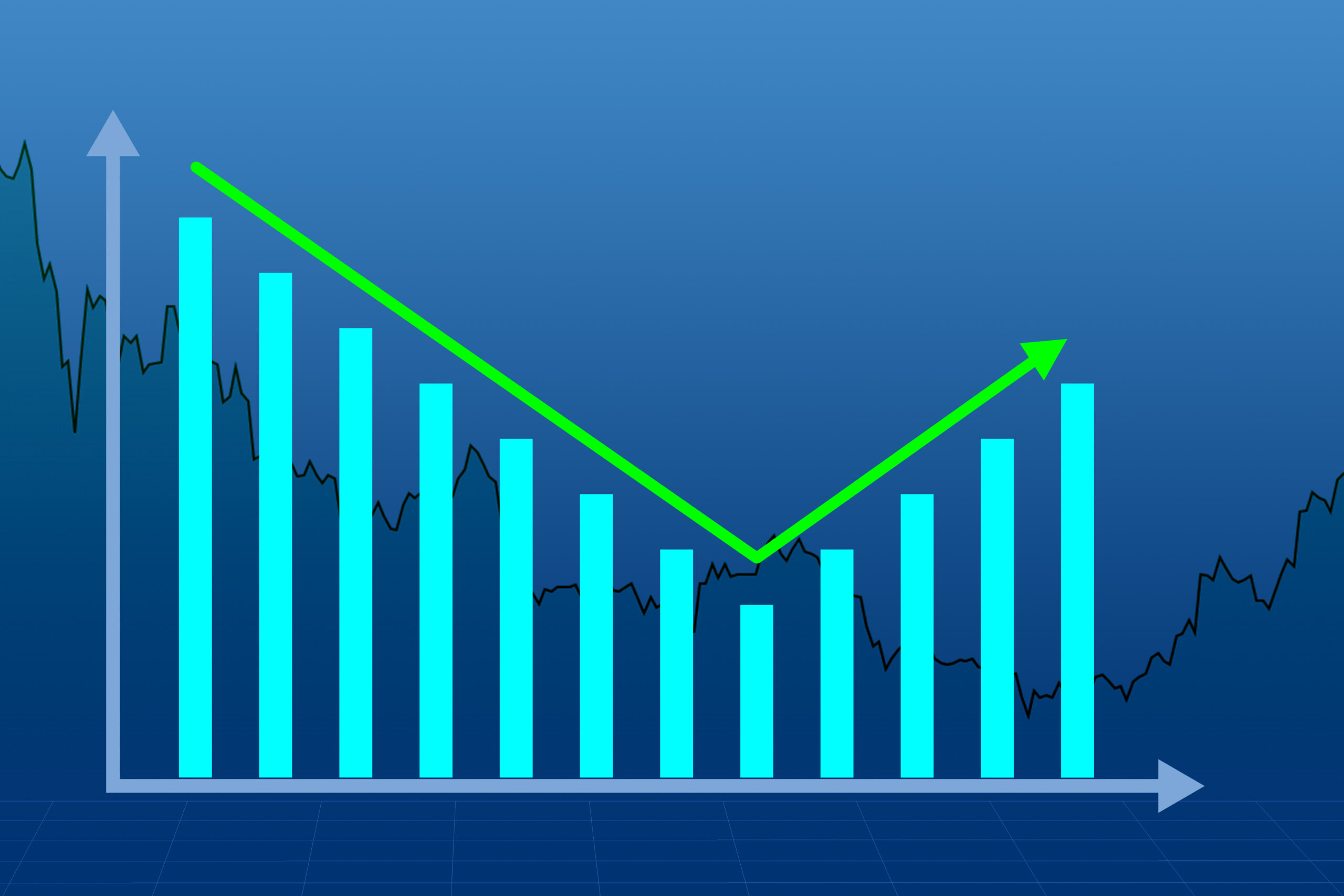(Justin Vaughn, Editor, Options Trading Report)
Friday continued the carnage, with the Dow Jones Industrial Average down a staggering 2,200 points. Hopefully this was Chin’s “final punch,” as the exchange entered intoBear Domain. The S&P 500 fell 6%, the worst week since 2020. The Nasdaq Composite Index hit bear market territory also, falling 5.8%. Financial losses for the S&P 500 were breathtaking, losing 6.6 trillion dollars in just two days. Every trading partner in the world is severely, financially affected. Stocks fell at open on Thursday then snowballed as Friday’s market was disastrously free falling. Also after China issued retaliation tariffs on Friday, all hopes of a resolution were snuffed out, as the crisis intensified. “We are in a period of self induced vomiting–that is the best way I can encapsulate,” what happened this week,” said Callie Cox, chief market strategist at Ritholtz Wealth Management. “Investors are really just trying to find the center of gravity right now given the dramatic nature of this new round of tariff’s.” According to Dow Jones Market Data, the steady-ready S & P 500 gave up 9%, while the Nasdaq Composite lost 10% and the blue-chip Dow Jones Industrial Average dropped over 3,000 points, in the last days of last week. The Magnificent Seven alone erased 1.5 $Billion in market value, a staggering number lost in a very short time. Even after the Labor Department released a ‘good’ jobs report showing an additional 228,000 jobs added the market seemed to brush-aside those numbers, overwhelmed by tariff concerns. Economists and market analysts warned that the U.S. is now at great risk for a recession. Fed chief, Jerome Powell was surprised, commenting that, “they were higher than anticipated.” (referring to the tariff rates) Treasury activity in bonds was unusually heavy with many investors seeking preservation of capital in the market mood. Oil continued to slide, off $2.00 on Thursday to $60.09 a barrel. Oil analysts see a rocky road for oil, as world-wide economic uncertainty influences demand, as OPEC+ stated. Bitcoin is resting lower in the $78,000 range, unable to generate traction amid the tariff debacle. Gold remains very strong, up 3.29%, at $3,180 a troy ounce. Demand remains very strong as individual buying and heavy Central Bank buying continues.
Money market funds grew tremendously the first few days of April. Investors amidst the tariff fiasco have ‘turned a closer eye’ to more conservative investments, with more than $60 Billion flowing into money-market funds with funds swelling to over $7 Trillion as of last Thursday, according to Crane Data, dating back to 1972.
Stock exchanges around the world posted huge downturns on Monday after the U.S.lost billions. The Hong Kong Hang Seng exchange suffered the largest decline since1997, off 17%. The Japanese Nikkei 225 index, and leading European Exchanges were severely negative. Rock solid U.S. Treasuries weakened a bit as investors flocked to ‘safe haven’ investments. Monday’s exchanges were more relaxed as the fall-out of last week’s giant sell-off settled-in. The Dow Jones finished off 349 points. Margin calls are threatening investors as stock prices deepen. President Trump ‘backed-off’ Wednesday, laying out a 90 day ‘pause’ on tariff implementation for most countries……but not China! Investors and traders jumped back in, anxious to be ‘back -in-the-saddle’ again, and the markets were strong. Trading was very active with the Dow Jones shooting up over 2,000 points. The S&P 500 and Nasdaq had good days.
RUMBLINGS ON THE STREET
Jim Baird, chief investment officer at Michigan based Plante Moron Financial Advisors, WSJ – The core issues that have been driving the market volatility this year have not been resolved. The remaining questions leave a lot of room for uncertainty.
Cheryl Smith, an economist at Trillium Asset Management, Barron’s – The economic disruption is going to be longstanding. If Covid taught us anything, supply chains are extremely complex and difficult to rearrange overnight. “It isn’t a supply chain for a bakery but for computers and chips, with billions of investments and sunk costs.”
Steven Blitz, TS Lombard. Barron’s – “Tariff’s attack U.S.trading partners but, in effect, attack corporate profit margins first. Equity investors understand this fundamental lowering of corporate ROE and the need to compress share multiples. The 40-odd years of profits rising relative to GDP has ended.”

